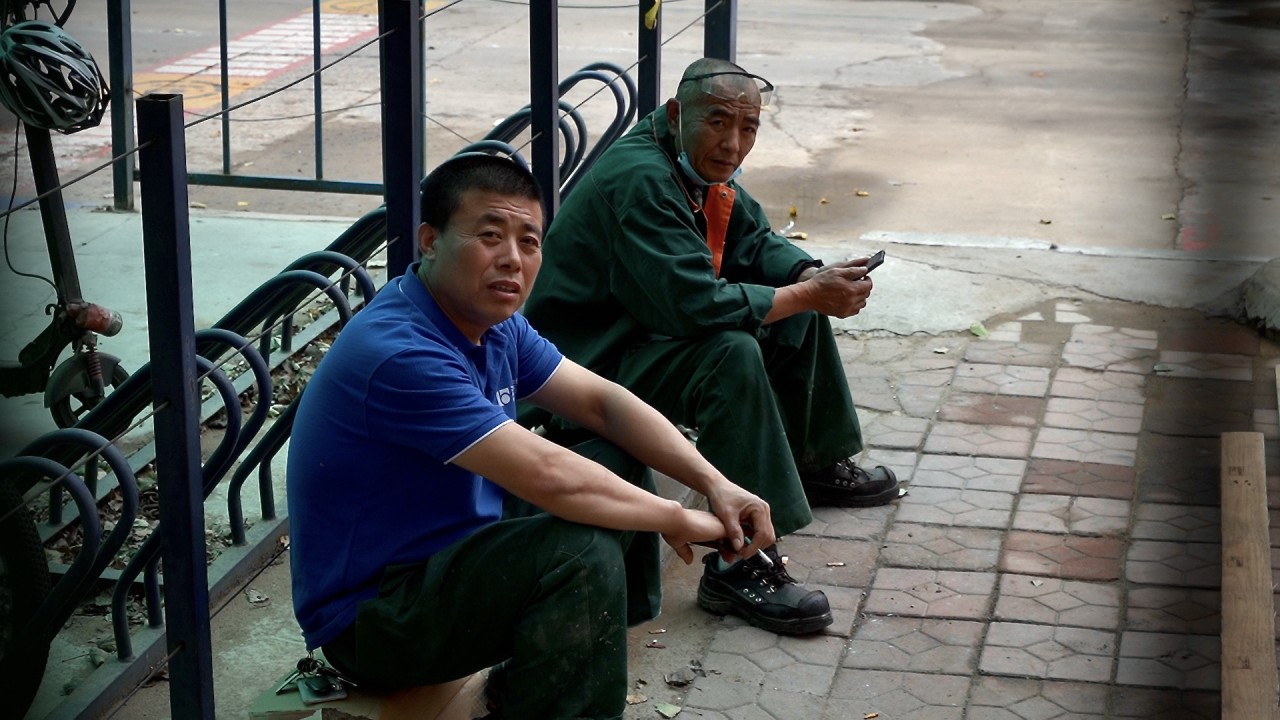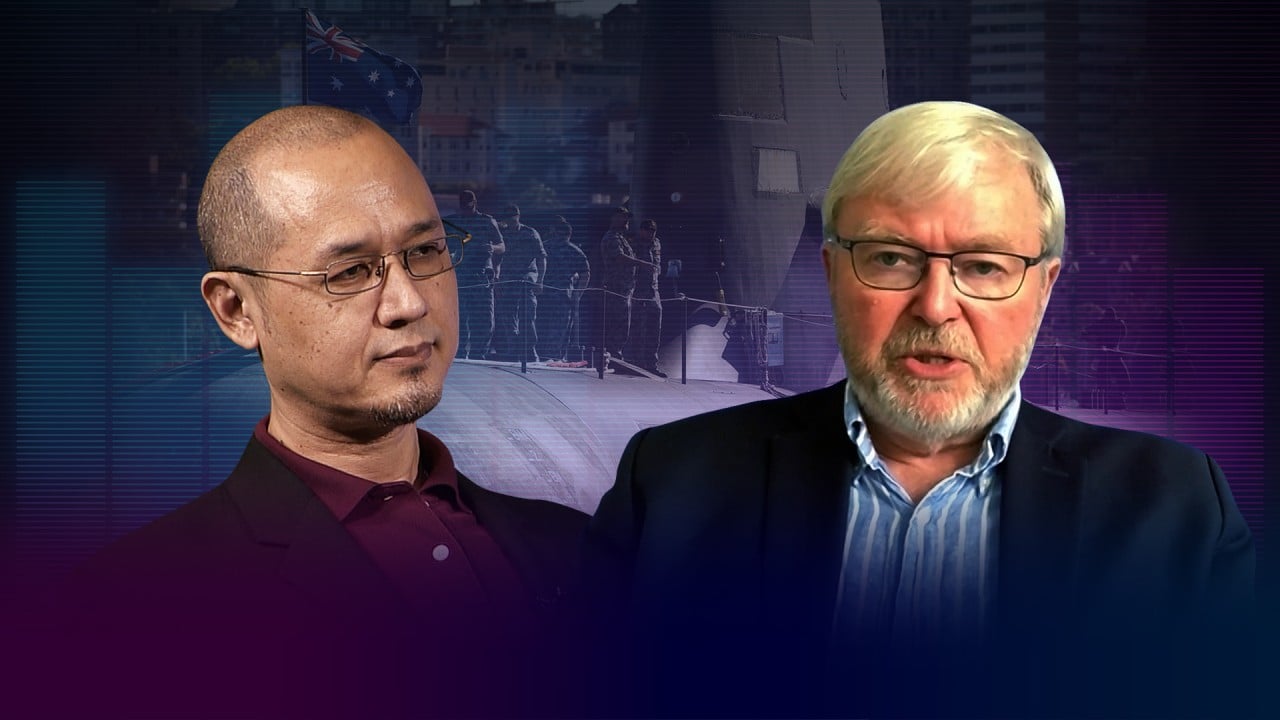
Three tests for China stock investors as slowdown in GDP, earnings and trading divide analysts seeking signs of policy capitulation
- A slowdown in GDP, corporate earnings and trading volume will test appetite for risk taking with analysts divided on need for big stimulus
- China’s non-TMT stocks have lost 20 per cent since February and are showing technical weakness, BCA Research says
Stock traders are facing several key moments in the coming weeks in a test for risk appetite. China’s economy is slowing together with corporate earnings and onshore trading volume while analysts look for signs of policy capitulation.
“The downside risk to the economy is obvious,” said Yao Pei, an analyst at Soochow Securities. “But inflation poses a hindrance to a cut in borrowing costs” limiting the room for policy-easing manoeuvres.

04:01
Chinese manufacturing thrown into disarray as country's electricity crisis rolls on
The market has been rather resilient amid the policy challenges. The Shanghai Composite Index is little changed this month, after losing 0.6 per cent last quarter. In Hong Kong, the Hang Seng Index has appreciated 3.1 per cent so far this month, recouping some of the 14.8 per cent loss in the preceding three months.
“An aggressive easing cycle is not upon us [and] policy settings will also maintain a tightening bias,” according to Swiss private bank Union Bancaire Privee. “That said, the bulk of this has already taken place in the first half, so some relaxation at the margin will reduce pressures starting with an additional reserve requirement ratio in December,” it added in a report last week.

23:20
Talking Post: Kevin Rudd unpacks the risk of war between China and the US with Yonden Lhatoo
Lombard Odier, another Swiss private bank, withdrew all bets on Chinese domestic stocks in February, its Asia-Pacific CIO Jean Louis Nakamura said in July. It would make a comeback if GDP deceleration was strong enough “to trigger a form of policy capitulation.”
Finally, caution should prevail before the third-quarter earnings reporting season kicks off later this week.
The 300 firms in the CSI 300 Index probably posted a 0.8 per cent drop in earnings from a year earlier, according to Bloomberg data. Profit rose 9.7 per cent in the second quarter.
Profits for commodity producers may have risen significantly last quarter, as cheap money and a recovery from the pandemic drove up demand. Downstream industries’ margins were probably under pressure due to higher cost of raw materials.
With rising commodity prices, wage pressures and various supply disruptions, investors will focus on margins and the ability of companies to raise prices, Union Bancaire Privee said.
Besides, investors should refrain from trading until the end of October, when the Communist Party’s decision-making Politburo is due to gather for more policy discussion on the property industry, energy crisis and broader economic growth, according to Yao at Soochow Securities.
The Politburo meeting has gained greater significance as the state tightened its grip on technology firms, while roiling markets and causing a trillion-dollar wipeout in stock capitalisation. The outlook outside the tech sector is also fragile for now, according to BCA Research.
Shares of Chinese non-TMT (tech, media and telecommunications) companies have dropped by 20 per cent from their February high, while peers in emerging markets have formed a technical “head-and-shoulder pattern,” BCA Research said in an October 14 report. This often precedes a major gap down, it added.
“These equity market signals are foreshadowing a slowdown in China’s ‘old economy’,” it said.

